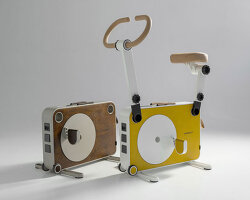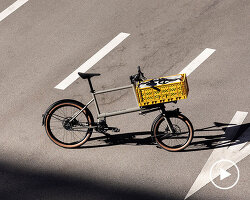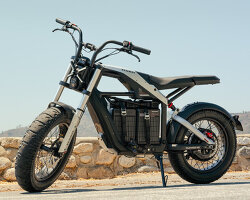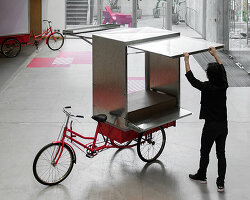KEEP UP WITH OUR DAILY AND WEEKLY NEWSLETTERS
happening now! partnering with antonio citterio, AXOR presents three bathroom concepts that are not merely places of function, but destinations in themselves — sanctuaries of style, context, and personal expression.
developed by tomasz patan, the mastermind behind Jetson ONE, the personal hoverbike levitates and glides in the air with ease.
connections: +290
explore the series of high-tech toys and devices designed with modern features for adults.
its external body features abstract semi-circles in white and gray over a warm gray base, subtly evoking the ripples and waves of flowing water.
connections: +430
designboom interviews chief design officer gorden wagener to discuss the ‘frunk’, AI agents that detect the driver’s moods, and more.
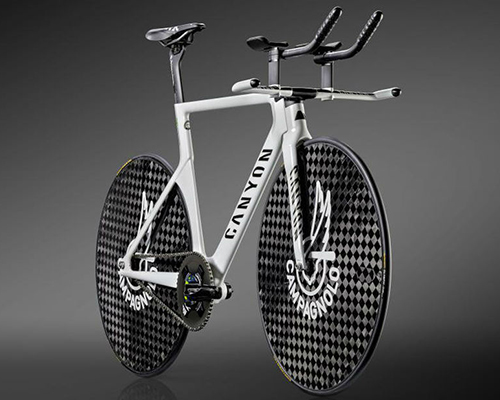
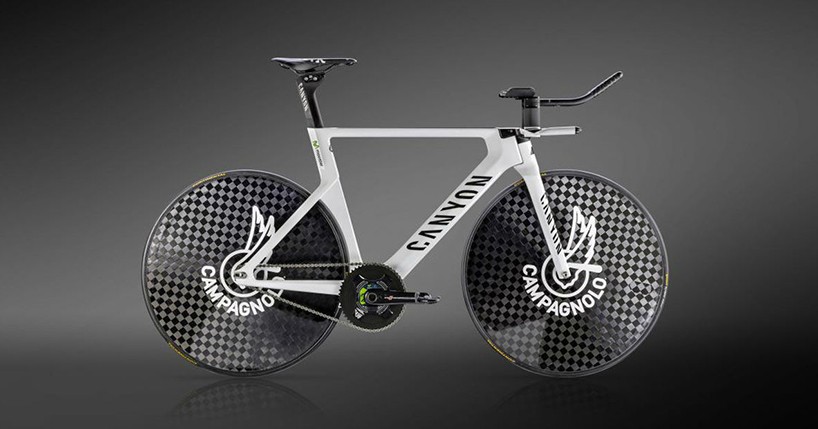 the bike weighed just 7.3 kilograms
the bike weighed just 7.3 kilograms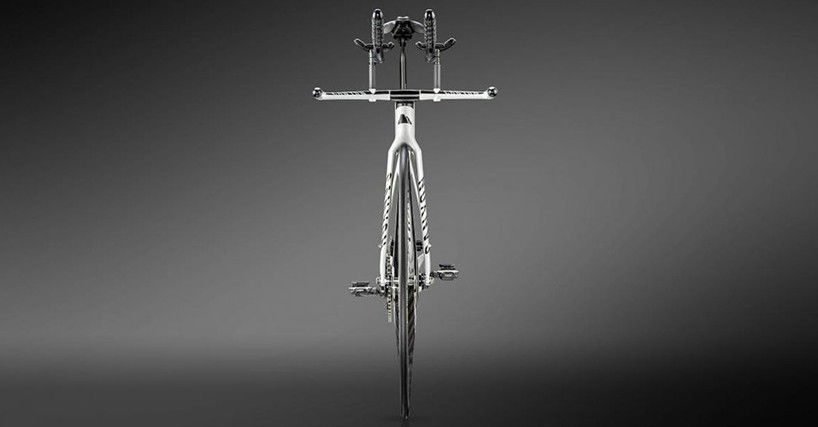 the frame was made from aircraft grade 7075 aluminum
the frame was made from aircraft grade 7075 aluminum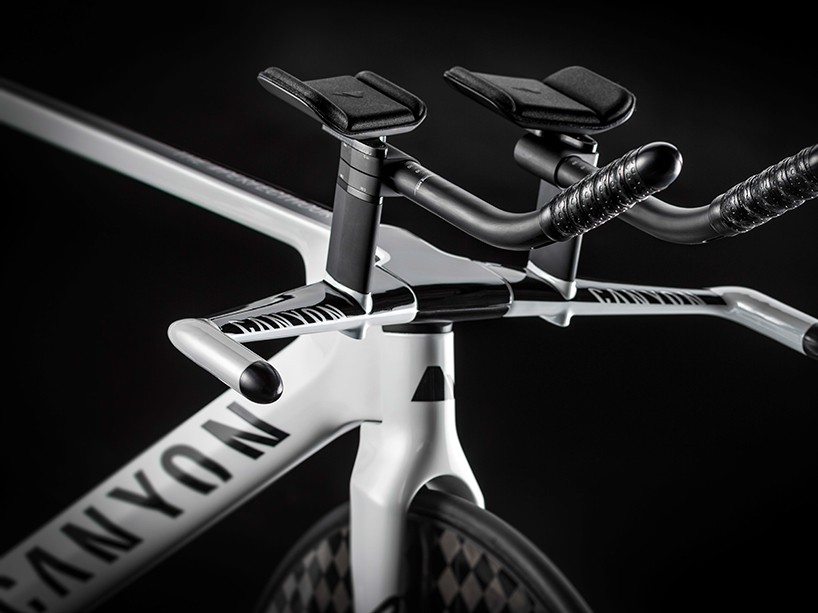 to further optimize air flow, braking hardware and shifters are removed
to further optimize air flow, braking hardware and shifters are removed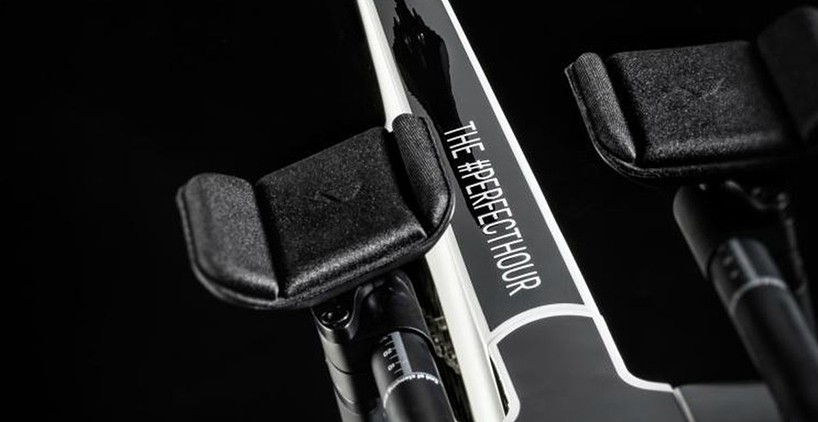 arm pads for entering the race position
arm pads for entering the race position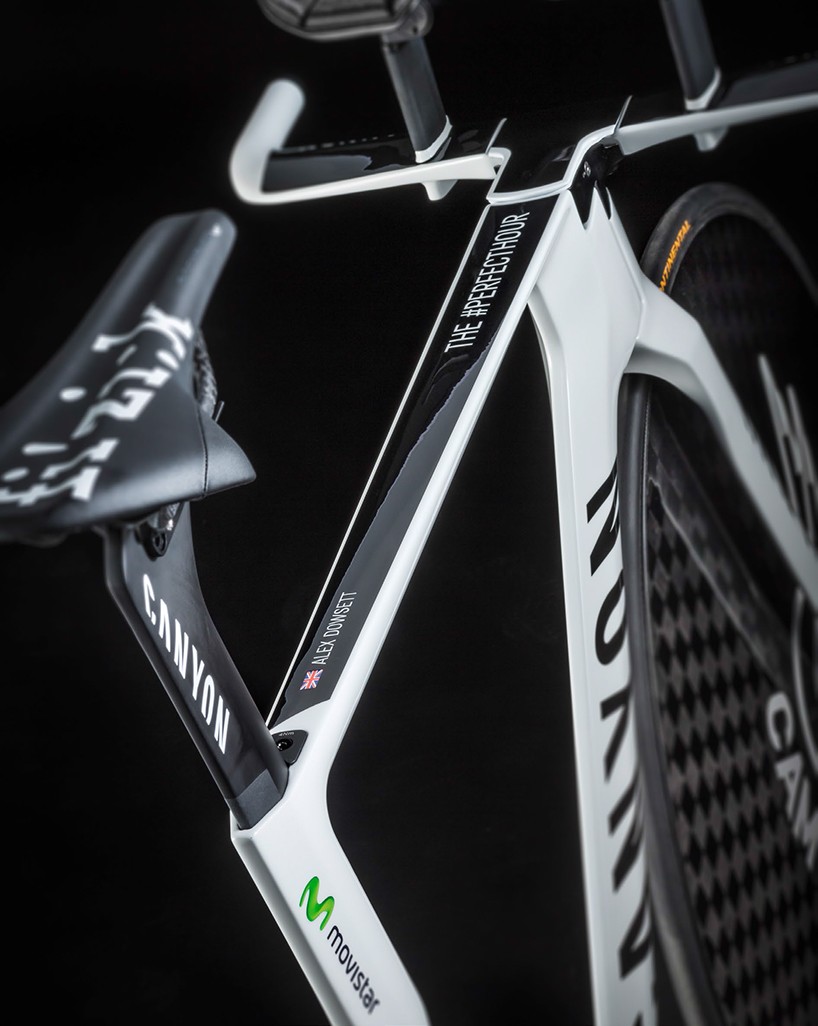 UCI regulations prohibited the use of multiple gears, brakes and water bottles
UCI regulations prohibited the use of multiple gears, brakes and water bottles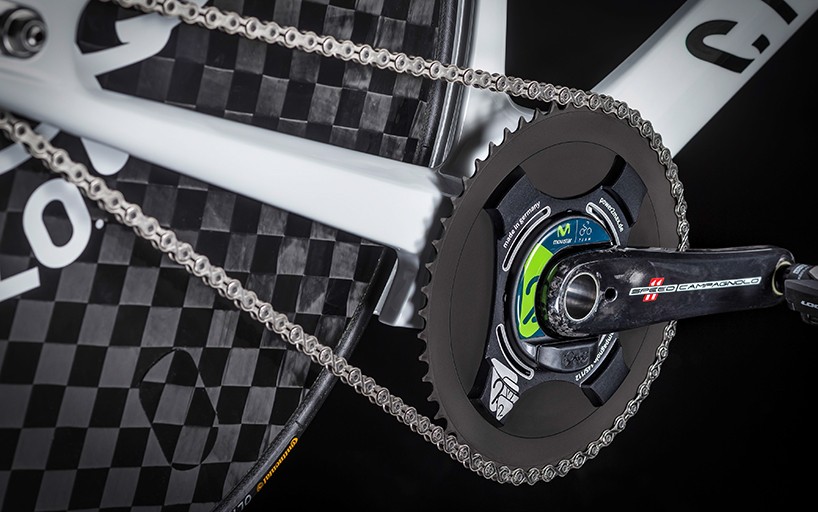 the full carbon crank arms, strengthened chainrings and optimized chain line
the full carbon crank arms, strengthened chainrings and optimized chain line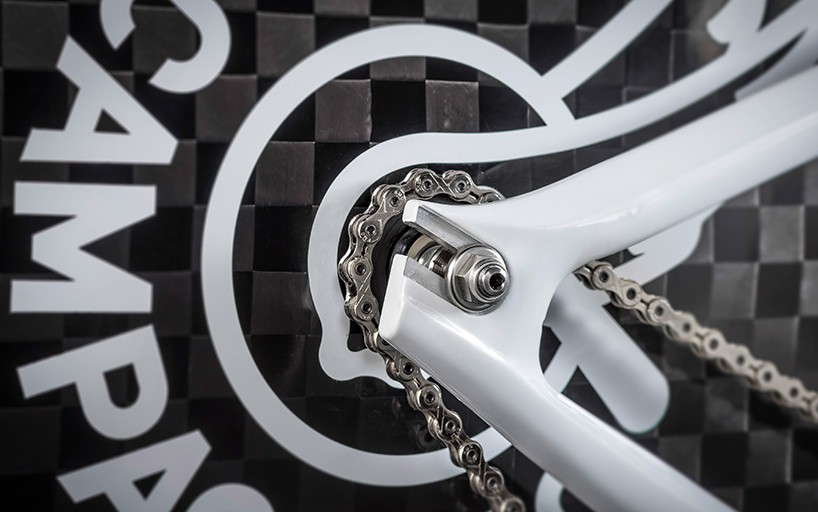 there was no rear derailleur issued on the bike
there was no rear derailleur issued on the bike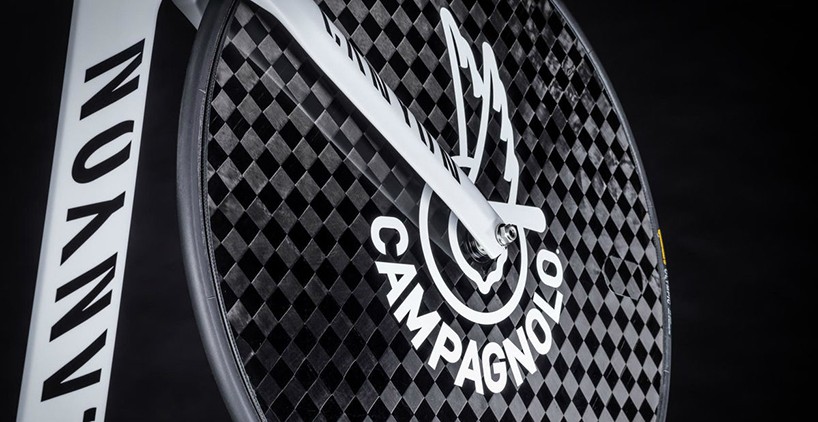 track disc wheels from italian component specialists campagnolo
track disc wheels from italian component specialists campagnolo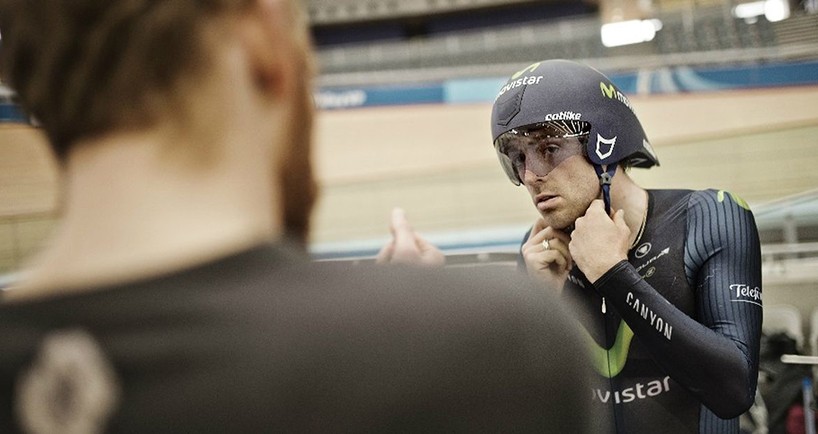 alex dowsett at the track testing the canyon ‘speedmax WHR’
alex dowsett at the track testing the canyon ‘speedmax WHR’

